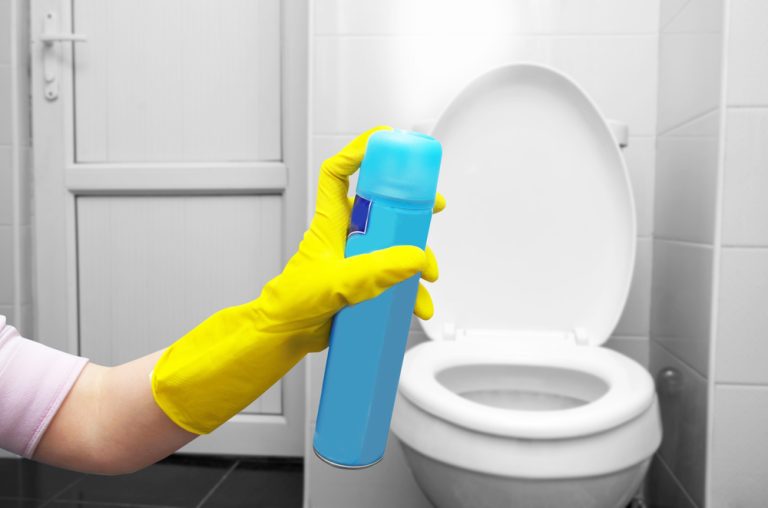Dealing with a persistent sewer smell coming from your toilet? You’re not alone. Many residential plumbing customers face this unpleasant issue, and it can be both embarrassing and frustrating. A fresh and odor-free home environment is essential for comfort and well-being, so tackling this problem head-on is crucial. In this guide, we’ll walk you through everything you need to know about eliminating sewer odors from your toilet, from understanding the causes to implementing effective solutions and preventive measures.
Understanding the Causes
Common Reasons for Sewer Smell in Toilets
Before jumping into solutions, it’s vital to understand what’s causing that foul odor. The most common culprits are clogged drains and dry p-traps. Clogs can trap organic material, such as hair, soap scum, or food particles, which decompose over time and emit a nasty smell. A dry p-trap, on the other hand, allows sewer gas to escape into your bathroom due to the lack of a water barrier that normally prevents this gas from seeping through. Additionally, issues like leaking pipes or improperly installed plumbing fixtures can also contribute to unpleasant odors. Identifying the root cause is crucial for effectively addressing and eliminating the problem.
How Weather and Environmental Factors Exacerbate the Problem
Believe it or not, weather conditions can significantly worsen sewer smells. High humidity levels can amplify odors by allowing them to linger in the air longer, making them more noticeable and pervasive. On the other hand, heavy rainfall can overwhelm sewer systems, leading to backups that not only exacerbate odors but also pose health risks. These backups can cause untreated sewage to enter homes and streets, creating unsanitary conditions. Being aware of these environmental factors can help you better manage and anticipate odor issues, allowing you to take preventative measures such as improving ventilation, sealing leaks, or using odor-neutralizing products to mitigate the impact of these weather-related challenges.
DIY Solutions for Toilet Odor Removal
Step-by-Step Guide for Identifying and Fixing a Dry P-Trap
A dry p-trap is often an overlooked source of sewer odors. To fix it, simply pour a gallon of water into the toilet bowl. This will refill the trap and block sewer gases from entering your home. If the problem persists, adding a few drops of mineral oil can prevent the water from evaporating too quickly.
Tips for Clearing Clogged Drains Using Household Items
Clearing clogs doesn’t always require a plumber. You can use household items to tackle minor blockages. Pour a mixture of baking soda and vinegar down the drain, followed by boiling water. The chemical reaction between the baking soda and vinegar helps break down the clog, while the boiling water flushes it away.
Regular Maintenance to Prevent Future Issues
Preventive maintenance is key to keeping your bathroom odor-free. Regularly clean your drains with a safe, non-corrosive solution to avoid buildup, which can cause unpleasant smells and potential blockages. Additionally, running water in rarely-used sinks or toilets can prevent p-traps from drying out, which helps to keep sewer gases from entering your home. Keeping your bathroom well-ventilated and using air fresheners can also enhance the overall freshness. In the long run, these simple steps can save you from costly repairs and ensure a pleasant bathroom environment.
Professional Help and When to Seek It
Indicators That the Problem May Require Professional Attention
Sometimes, DIY solutions aren’t enough, especially for commercial plumbing. If you’ve tried everything from air fresheners to thorough cleanings and the smell still lingers, it may be time to call in a professional. Signs that you need expert help include persistent odors despite regular cleaning, visible leaks indicating possible hidden damage, or multiple drains emitting the same unpleasant smell, which could suggest a larger systemic issue. Additionally, if the odor is accompanied by slow draining or gurgling sounds, it is a clear indication that professional intervention is necessary to prevent further complications.
Preventing Sewer Smell in the Future
Best Practices for Maintaining a Fresh-Smelling Bathroom
Consistency is key when it comes to preventing odors. Regularly clean and maintain your bathroom fixtures, including scrubbing the toilet, sink, and shower to remove any buildup of grime or mold. Use air fresheners and deodorizers to keep the space smelling pleasant, and consider placing them in strategic locations like near the trash bin or behind the toilet. Also, ensure adequate ventilation to allow fresh air to circulate, whether that means installing an exhaust fan or simply opening a window. Additionally, keep an eye on any potential sources of moisture, as damp environments can contribute to persistent odors.
Ways to Protect Against Sewer Gas Entering Your Home
Installing air admittance valves and backwater valves can help prevent sewer gases from entering your home. These devices allow air to enter the plumbing system without letting sewer gases escape, maintaining proper pressure and preventing unpleasant odors. Additionally, sealing any gaps around pipes with caulking or foam sealant can block potential entry points for odors, further ensuring that your home remains fresh and free of sewer gas problems. Regularly checking and maintaining these valves and seals is crucial for long-term effectiveness.
Rid Your Home of Sewer Smells in the Toilet
Addressing sewer smell in toilets is essential for maintaining a comfortable and healthy home environment. By understanding the causes, implementing DIY solutions, and knowing when to seek professional help, you can banish those unpleasant odors for good. Remember, preventive measures are your best defense against future issues.

